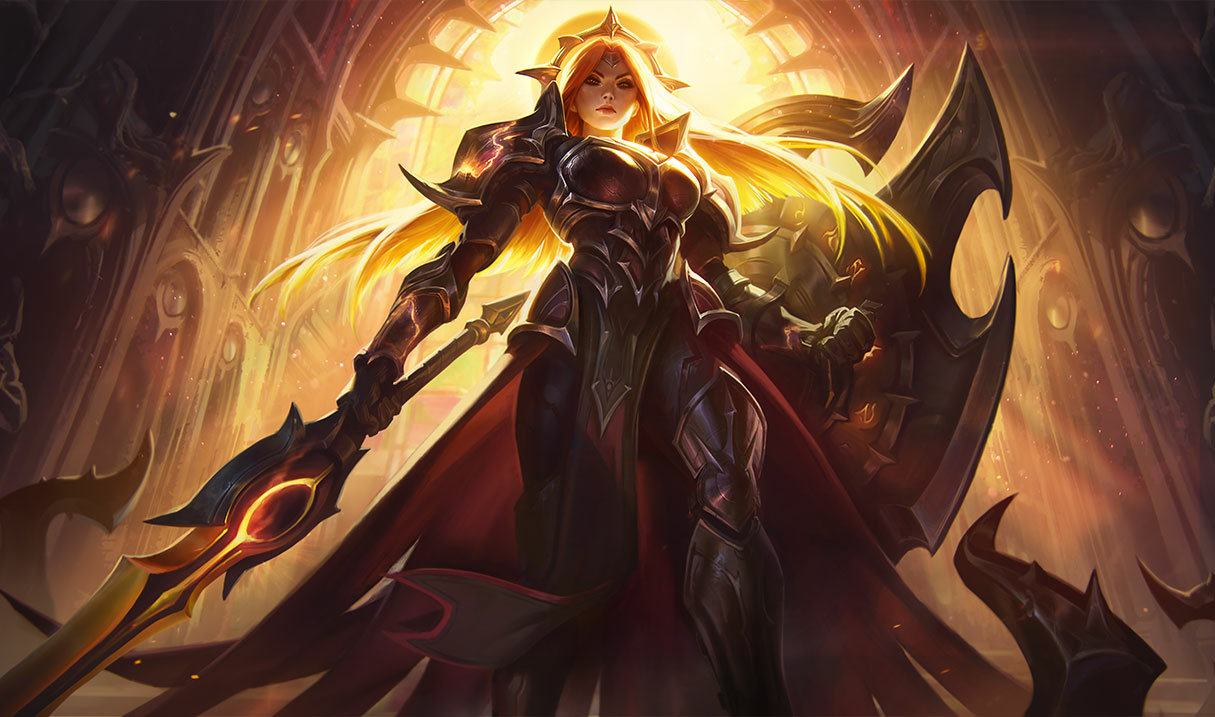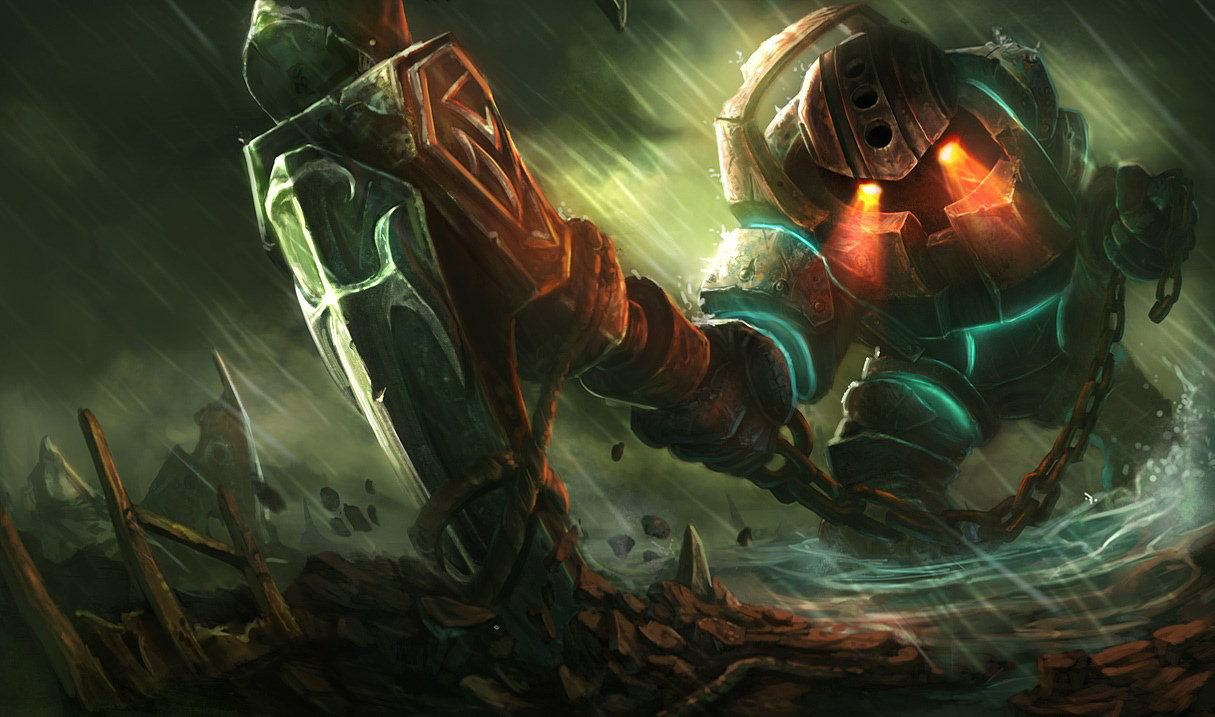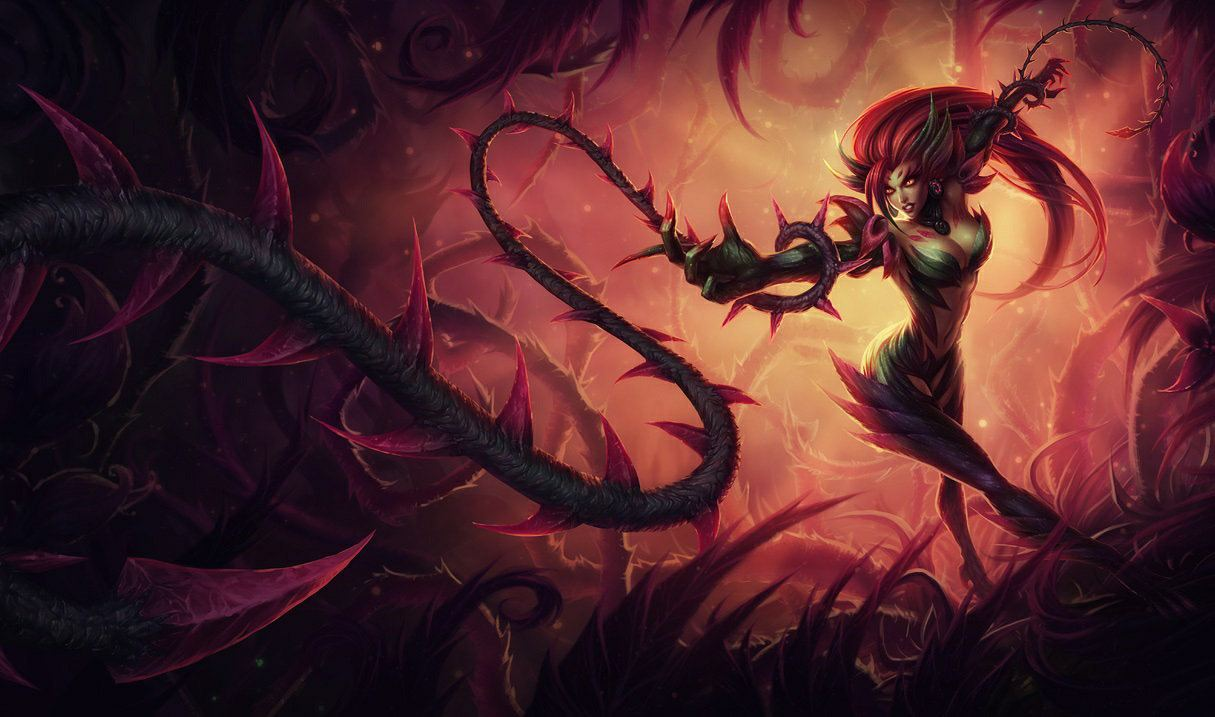Engage Supports vs Mage Supports - a League of Legends Guide
A guide comparing engage supports and mage supports!
A guide comparing engage supports and mage supports!
The support role is one of, if not the most, important role when it comes to a match on Summoner’s Rift. The role is important because their impact with their lane partner is crucial to help your team achieve victory. They can help get their ADC fed, so that they can help carry a game, or they can feed the opposing ADC and spell disaster for the duo in the laning phase. The role is primarily dominated by two types of supports: Engage supports and Mage supports. Today, we will be looking at the pros and cons of each type of support, highlighting a few supports from each category, and explaining what situations are best for each style of support.
Pros for Engage Supports
Engage supports, to be successful, have to build up health and resistances to be the team’s tank. They are made to tank up damage for the team or teammate so that they can stay alive and focus on taking down the opposing team’s players and/or objectives, as well as peeling for the other champions on your team. This can work really well for a team that has low health champions, and fits into most team compositions in general, so they can feel relatively safe knowing that the support is tanking up the damage for them.
Another big trait that engage supports have to their moniker is that they have numerous forms of CC in their kit. Crowd Control is one of the most important factors in a League of Legends match. The longer and more frequent a specific champion is stunned, airborne, rooted, etc., the easier it is for the team to take down the champion that is locked down in place. Engage supports are not only built to tank huge amounts of damage, but they are also made to lock down players for termination to the fountain.
Cons for Engage Supports
Now with engage supports, there are some major drawbacks and the first one is that they deal relatively no damage. Since their role is to soak up damage and CC other champions, they have to buy support items and other items to increase their health and resistances to magic and physical damage. Because of that, there is no room for items like a Black Cleaver or a Frozen Mallet. Now, you can certainly add these items to you inventory and there’s even a support champ that needs those items to be relevant (Pyke), but it would be at the cost of your defenses. Which plays right into the next point...
Most engage champions in League have melee damage and because of that, they have to be right up in an enemy champions face after they land CC. While they are built to be tanky, they can also be susceptible to opposing CC and getting bursted down quickly. It is very important to choose your fights carefully, because one mistake, such as engaging too early or without having any teammates by your side for follow up damage, could spell doom for your entire team.
Now let’s take a moment to highlight some champs that best work in this category of supports.
Leona

Leona is one of the go-to picks when it comes to playing an Engage Support. Her Zenith Blade (E) is able to CC a champion over a group of minions, which is a super powerful tool that most support champs don’t offer and when paired with her Q ability, Shield of Daybreak which offers a quick stun, can lock down a champion for up to 1.5 seconds when both abilities are level one. Furthermore, her W ability, Eclipse, offers her bonus armor, magic resist, and offers a flat damage reduction, plus the ability to deal small magic damage once Eclipse expires. Finally, her ultimate, Solar Flare, offers both stun and slows for 1.5 seconds, depending on where the target is when you drop the flare.
Leona’s ability to land CC and tank damage is what makes her such a good Engage Support. With her ability to CC and take reduced damage, on top of her items that increase resistances and health, she is a go-to pick for anyone who wants to play Support as a CC menace.
Nautilus

Now if you really want to talk about a CC menace, look no further then the Titan of the Depths himself. Nautilus’ whole kit is crowd control, from his passive which roots anyone he auto attacks for 0.75-1.5 seconds, level depending, to his Q, which stuns, to his E, which slows, and his ultimate, a guaranteed knock up, perfect for any Yasuo main out there. His W, most like Leona’s Eclipse, offers him a shield instead of resistances, but the shield scales with his base health, so the more health you have, the bigger the shield you will get. He benefits on getting more and more HP added and that encourages players to build him like a tank. He can also serve as a DPS if the situation ever called for it, as proven already by FPX’s Doinb.
Thresh

Thresh is one of the most recognizable and most popular supports in the game and it’s not that hard to see why. His kit is not only made for hard CC with his Q, Death Sentence, and his E, Flay, but also for other champions to join him with his lantern. His ultimate is very useful in close quarters fights in the jungle or just in the middle of a teamfight. What makes him so good is because of those abilities cause not only can he hook and slow with his Q and E respectfully, but can also close the gap with his Q and cause some occasional damage with his E. Thresh is a mainstay tank support and it seems to be unlikely that he will move anywhere anytime soon.
Engage Supports do have their drawbacks, but what makes up those drawbacks is what Mages have to offer, so let's take a look at the pros and cons of Mage Supports.
Pros for Mage Supports
Mage Supports act much more differently then Engage Supports. While Engage Supports have to get up in your face or be the frontline for a team, a mage support can stay back and CC enemy champions from a safe distance. Take Morgana’s root for example. She can deploy it safely behind teammates and minions and can land it on an enemy champion without a fear of blowback.
This is the key difference between a Mage Support and a Tank Support. Mage supports can deal big damage. They can act as a secondary damage champion that can support, as well as carry if necessary, allowing the allied team to take teamfights much easier. Especially with ultimates like Lux’s Final Spark or Zyra’s Stranglethorns, Mage Supports have the ability to turn the tide of a fight damage-wise in ways that Engage Supports cannot.
Cons for Mage Supports
Now, what the Mage Supports make up for in damage, they lack in HP and increased resistances to magic and attack damage. Mage Supports are very squishy targets and because of that, they are always at a high risk of being bursted upon if someone from the opposing team lands CC on them or is able to deal a huge chunk of damage onto them when they are out of position. If they drop to low health before they can deal damage or CC in a teamfight, they become worthless and their team is left in the aftermath to fend for themselves. So, it is always paramount to know where you are positioned, because it could spell disaster for you and your teammates if you get caught out and die in an instant.
Unlike a Engage Support, which are useful whether they are ahead or behind in a match. For Mage Supports, it’s always good to be ahead or otherwise you won’t contribute much damage wise with the team. While your CC is still there, the main point of being a Mage Support is to both CC and deal damage. If you can’t deal consistent damage throughout the match because your lane is behind in the early game, it becomes a real detriment to the team, because then you’d be nothing more then a squishy CC machine. So make sure you get ahead by any means necessary in order to build the items needed to help your team damage wise.
Now to highlight some champions that work beautifully as Mage Supports.
Lux

Lux, much like Thresh, is a namestay when it comes to League of Legends. Heck, she’s on the loading screen when you sign into League. What makes her such a threat is her ultimate, Final Spark. Her ultimate can determine the outcome of a fight before one could even begin, if it’s well aimed. It does wonder to deter a teamfight or help in a teamfight. Her root is also deadly, with you being CC’d for 2 seconds, but scales longer as the match goes on, much like Morgana’s root.
Her CC ability, as well as her ultimate and other abilities, like her shield and her area of effect ability, Lucent Singularity, is what makes her a really good Mage Support to have, because she offers both support and high damage output when ahead.
Zyra

This one might seem a bit out of the box for some players, given that her popularity is 3.7% and lower in the higher elos of League, but make no mistake, Zyra can be a force to be reckoned with in the Support role. This is in part due to the plants she can spawn every few seconds. It does wonders for zoning away an enemy ADC from getting farm, as well as deal a surprising amount of damage, especially when she gets items like Rylai’s Crystal Scepter and Liandry’s Torment. Her root is also problematic, as it has a long range that would surprise the unexpecting. Finally, her ultimate does wonders too, offering a huge area of damage that would also CC anyone still caught in it.
Zyra’s ability to zone and deal damage is what makes her a good Mage Support and an underutilized one at that.
Swain

This one seems even more out of the box, but in recent months, Swain has transitioned from a role in the top or mid lane to more of a Support role for some players, and it’s not hard to understand why. He is one of the few mage supports that become tanky when built with the right items. But what makes him a good Support is his ultimate damage. Not only does he drain the health of other champions, but at base level for his ultimate, even without draining enemy champions, deals 100 damage plus 50% of the AP he has built. The only other ability in his kit that does that is his W, which is extremely hard to hit without cc support from his E.
Swain’s status as a support should be scary. His ability to CC and self-sustain with his passive and ultimate in a fight is one that no other supports share.
Best Scenarios for Engage and Mage Supports
Now, for Engage Supports, that should come when the team does not have any form of hard CC. Most Engage Supports, like the ones I explained earlier, are built to crowd control enemy champions and have the health and resistance to potentially escape once they are committed to a fight. Another scenario is when they team does have enough CC to chain it on a single target. What I mean by this, is that your team composition is built around CC champions, like Syndra in the mid lane or even the bot lane for instance, who can stun an enemy in place long enough for a Support to dive in and lock that enemy in place with further CC.
When it comes to Mage Supports, they are perfect for when a team does not offer any magic damage. A strong Mage Support like Lux for example, can become a huge problem for the enemy team if they don’t be careful and care with a strong Mage Support. Another scenario is when the team does not have much damage until the late game. Some teams can be built mostly around champions that do not deal damage early game but deal more damage in the late game. So, having a mage in the bot lane that can help the ADC get ahead and become that big damage threat later on can be a big boost.
Conclusion
Overall, it all comes down to personal preference when it comes to which type of Support you want to be. However, it is always a good idea to think about the pros and cons about the support you are going to choose, because that choice could determine victory or defeat for your team. Good luck summoners and see you on the Rift!